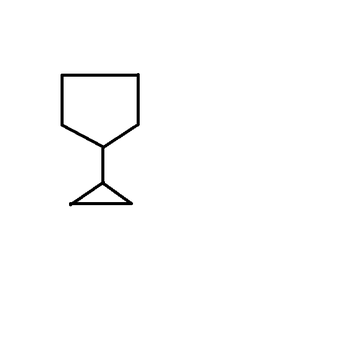How does the smoothness of a surface affect the size of friction?
2 Answers
Friction
Explanation:
Friction is an opposing force applied by a surface largely determined by the roughness present on it
More is the smoothness, less will be the friction offered by the surface and vice-versa.
Some additional thoughts below.
Explanation:
The other answer provided is true in many cases—a smoother surface results in a weaker frictional force—but it is worth noting that this has some subtle (and interesting) exceptions.
Friction has a lot to do with the area of contact between the surfaces in question, which translates to the magnitude of the normal force. These surfaces might seem perfectly solid to us, but in reality, are full of tiny microscopic dips and holes.
Here is a view of a wooden surface taken with a scanning electron microscope (SEM):
wiki
For rougher surfaces, there are more of these irregularities, and the pits and valleys of one surface will "fit" into and catch on those of the other. This increases the area common to the two surfaces and therefore increases the normal force between the them as well, which in turn increases the frictional force .
color(skyblue)(vecf=muvecn)
Philschatz
When the surfaces are very smooth, there are fewer opportunities for them to "catch" on one another, resulting in a weaker normal force and a weaker frictional force, allowing the surfaces to slide past each other more easily
Now here is an exception: imagine, for example, that you have two pieces of a very smooth metal, which were cleaned so well as to have no impurities whatsoever. The atoms on the surfaces of the metals would be completely bare and would want to bind to whatever they could, so if you attempted to slide the two surfaces across each other, they would want to stick together !
I believe Richard Feynman mentioned this, but I can't say that he was the first to propose the idea.


